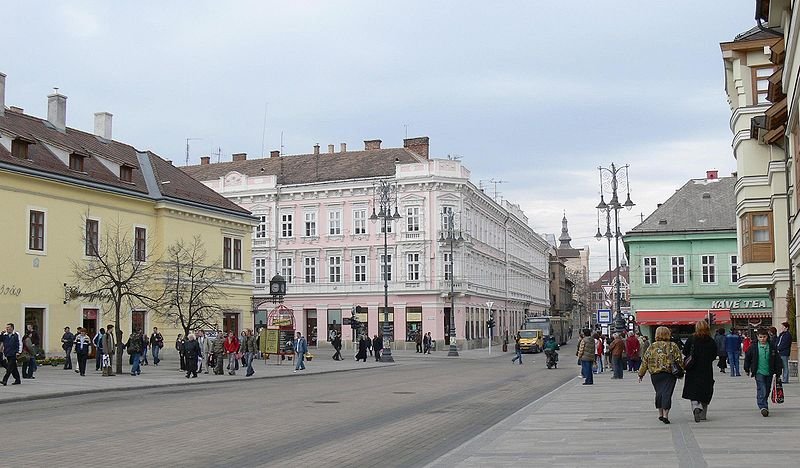 Miskolc, Hungary
Miskolc, HungarySource: https://commons.wikimedia.org/wiki/File:Misk_city01.jpg
Author: Rodrigó

Miskolc is a city in Borsod-Abaúj-Zemplén county in northeastern Hungary. It covers 236.68 sq km (91.4 sq mi) and has a population of 168,000 people (2011 estimate). This makes it the fourth largest city in Hungary.
Miskolc is located at the confluence of the river Sajó with the Hejő and the Szinva, to the east of the Bükk mountains. The city experiences a continental climate. Warmest month is July, when the average high temperature reaches 26.5°C (79.7°F). Coldest month is January, when the average low drops to -6.3°C (20.7°F). Miskolc has recorded the lowest temperature ever measured in Hungary, at -35°C (-31°F). June is the wettest month, receiving 83 mm (3.27 in) of rain.
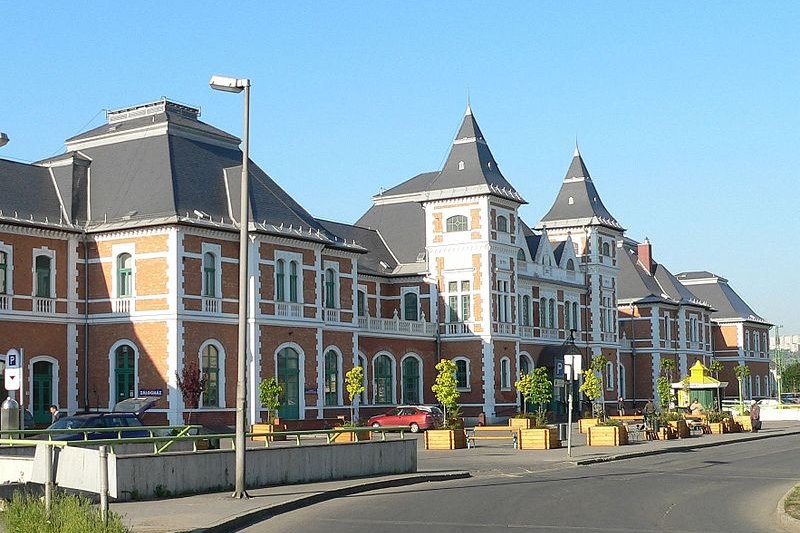 Tiszai Railway Station, Miskolc
Tiszai Railway Station, MiskolcSource: https://commons.wikimedia.org/wiki/File:Tiszai_trainstation_miskolc_01.jpg
Author: Rodrigo

Miskolc is today largely an industrial town. Although it has been an important industrial town since the late 18th century, when the first iron furnace was built, most of the industries in Miskolc today are established after the Second World War, when the town by severely destroyed. The area around around Miskolc has seen human habitation going back 70,000 years, during Paleolithic times. The earliest culture in the area was called the Cotini. They were later replaced by Celtic tribes. Little more is known about the site until the late 9th century. The name "Miskóc" appeared for the first time in 1210.
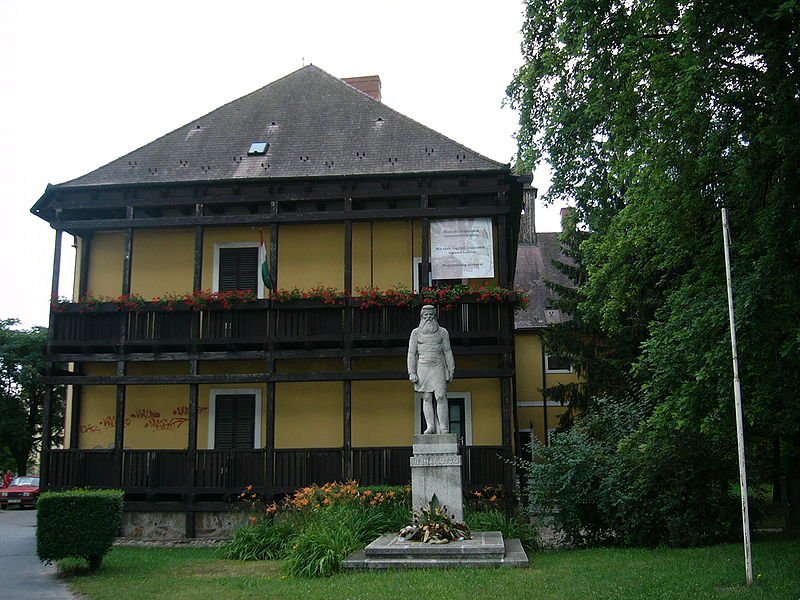 Ottó Herman Museum, Miskolc
Ottó Herman Museum, MiskolcSource: https://commons.wikimedia.org/wiki/File:OttoHermanMuseum_ExhibitionHall.jpg
Author: Serinde

Miskolc grew rapidly in the Middle Ages until Ottoman occupation, when its development came to a stop, impacted partly by destruction by the Turks in 1544 and the heavy tax subsequently imposed on the town until 1687. The city was again burned and sacked in 1707, this time by the Habsburg. It quickly recovered, and continued to develop despite a cholera epidemic in 1873 and a flood in 1878. Miskolc was occupied by Czechoslovak troops during the First World War, but other than that, it was largely unaffected by the war.
Miskolc could not escape the Second World War as it did the First. Being a center of heavy industries, it suffered severe bombing, particularly in the last year of the war. Nevertheless, during its years behind the Iron Curtain it gradually recovered.
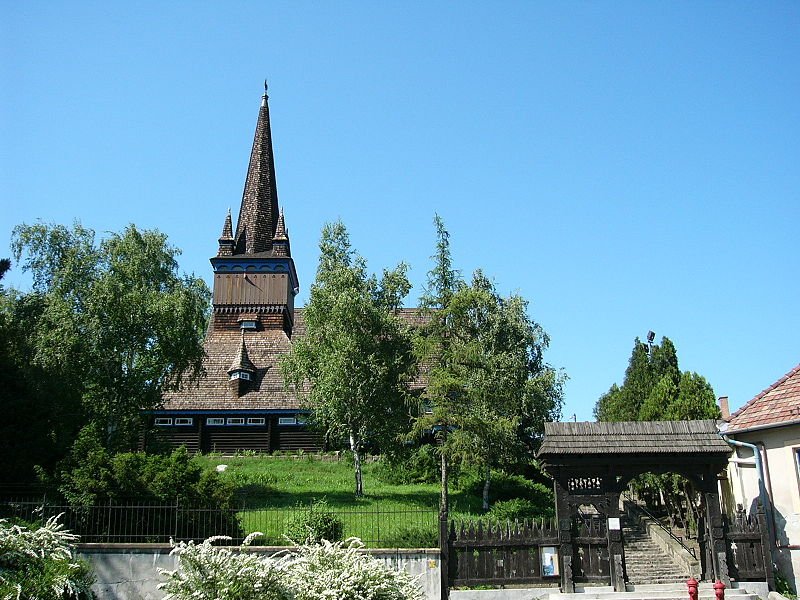 A wooden church in Miskolc
A wooden church in MiskolcSource: https://commons.wikimedia.org/wiki/File:Deszkatemplom_Miskolc.jpg
Author: Serinde

Today Miskolc is an industrial city with aspiration of being a cultural hub as well. For that purpose it has staged a number of cultural events and held an annual International Opera Festival every summer.
Visiting Miskolc
As Miskolc does not have an international airport, the most practical way to reach it is by train from other major Hungarian cities. You can get details for taking the train on the Hungary State Railway.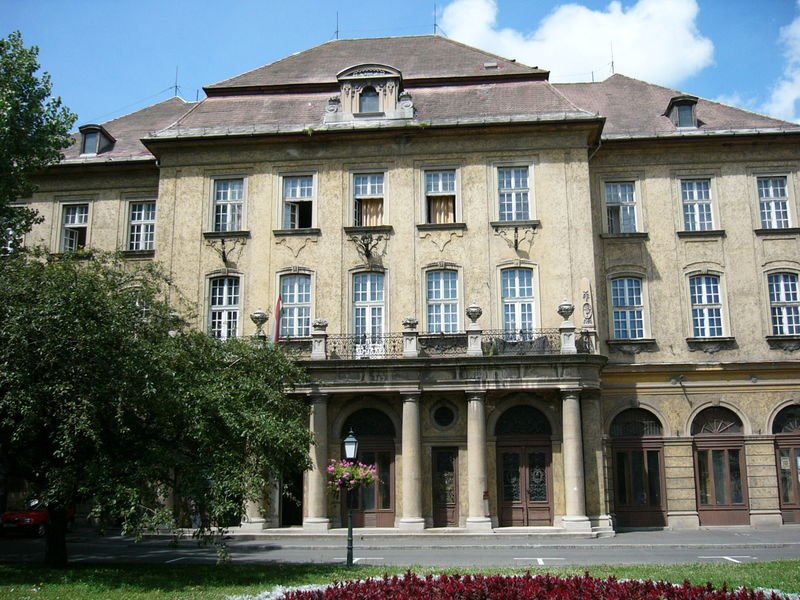 Béla Bartók Music Institute, University of Miskolc
Béla Bartók Music Institute, University of MiskolcSource: https://commons.wikimedia.org/wiki/File:Zenepalota.jpg
Author: Serinde

Places of Interest in Miskolc
- Avas Hill
Hill with limestone caves dug to house wine cellars in the 16th century. At the top is a look-out tower. - Calvinist Church (avasi református templom)
This is the oldest building in Miskolc, located below Avas Hill. Originally built in the 13th century, it was rebuilt in 1557 after being destroyed by Turks. Its clock is a symbol of the city. - Diósgyőr Castle (Diósgyőri vár)
A medieval castle, probably built in the 12th century, guarding the route from Venice to Kraków. - Greek Orthodox Church and Museum (Görögkeleti, Ortodox templom; Magyar Ortodox Egyházi Múzeum)
The 16-meter (52 ft) icon in the Greek Orthodox Church is the most important sight in Miskolc, created in 1793, and housed in the church built in 1806. - National Theater (Miskolci Nemzeti Szinház)
The oldest theater in Hungary was built in 1823. A fire destroyed it in 1843, and it was then replaced by the present Neo-Classical building in 1857. - Ottó Herman Museum
Museum in a charming 19th century house at the foot of Avas Hill. It celebrates the archaeological discoveries of local archaeologist Ottó Herman, and include stones, minerals, medieval coins and paintings. - Theater Museum (Szinháztórténeti és Szinészmúzeum)
Museum recounting the history of the theater, from the time it was built, to the fire of 1843, and more, with a collection of posters, costumes and other memorabilia and props.
 Latest updates on Penang Travel Tips
Latest updates on Penang Travel Tips

Copyright © 2003-2025 Timothy Tye. All Rights Reserved.

 Go Back
Go Back